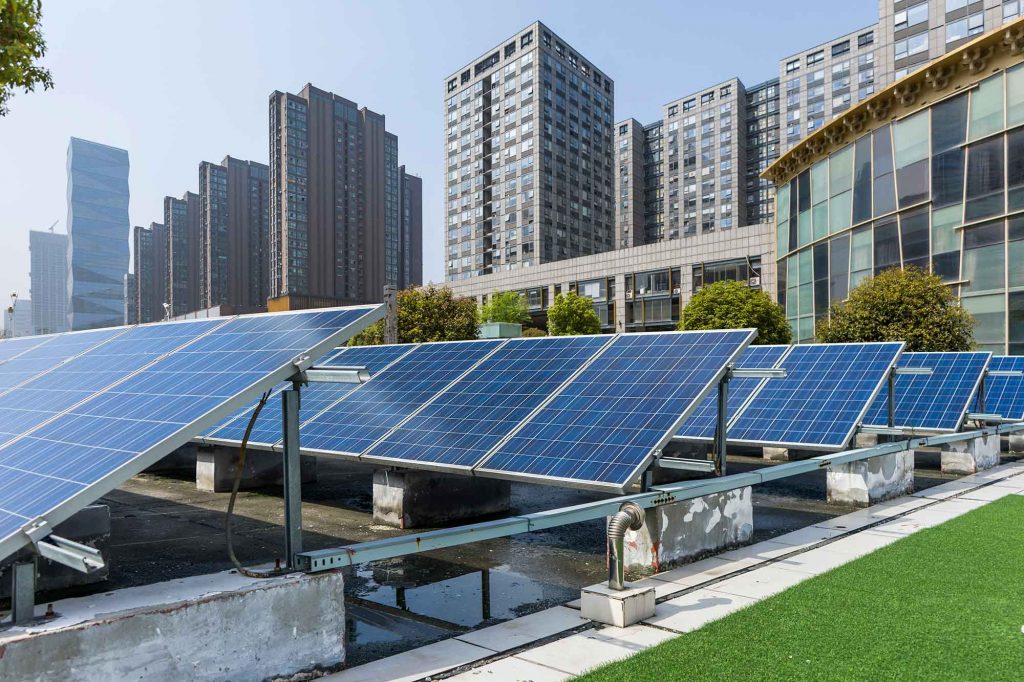Solar energy is going places and is rapidly taking over the other means of energy. Considering the low cost of solar power and its less carbon footprint, solar energy is the ideal way to power cities in the 21st century. The United States’ major cities are at the forefront of the renewable energy revolution and solar energy has been installed in the United States in sufficient quantities to power millions of households. But cities in other countries are also no less or far behind and are also making strides in solar power.
New modeling that incorporates individual structures, neighborhoods, and even an entire city, says that buildings in the City of Melbourne may produce 74 percent of their own electricity demands if solar technology is fully incorporated into roofs, walls, and windows.
The research, led by members of the ARC Centre of Excellence in Exciton Science at Monash University and collaborators at the University of Lisbon and published in the journal Solar Energy, is the first of its kind anywhere in the world to model the viability and impact of window-integrated photovoltaic, alongside other solar technologies, at a city scale.
The findings show that widespread adoption of existing rooftop PV equipment across Melbourne may drastically reduce the city’s carbon footprint by lowering its dependency on grid energy provided by burning fossil fuels. More improvements may be gained if developing highly efficient ‘solar windows’ and photovoltaic technology integrated into building facades are widely used.
The report shows the buoyancy that their modelling will help policymakers, energy providers, building owners and construction companies and optimizing the PV potential of both new and existing structures will be easier for them. The report further compares the electricity consumption of Melbourne in the year 2018 to the potential electricity generation from fully and extensively installed building-integrated solar and estimates that 74 percent of Melbourne’s building consumption needs could be met by photovoltaic with 88% of this share contributed by rooftop solar and 8% and 4% by wall-integrated and window-integrated solar respectively.
The lead author Professor Jacek Jasieniak said that we might conceivably see our CBD on its path to net zero in the future decades if we use commercially available photovoltaic technology and incorporate predicted developments in wall and window-integrated solar technology over the next 10 years.

